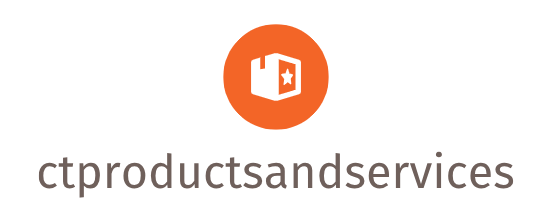
The Rise of Body Positivity and Inclusivity in Art
For years, the art world, much like the broader media landscape, has perpetuated narrow beauty standards. However, a significant shift is underway. We’re seeing a powerful surge in artwork that celebrates diverse body types, ethnicities, ages, and abilities. Artists are actively challenging traditional notions of beauty, showcasing real people in all their complexity and glory, rather than adhering to idealized, often unattainable, images. This includes a deliberate effort to feature individuals with disabilities, showcasing their strength and beauty in ways that weren’t previously represented. This move towards inclusivity isn’t just about representation; it’s about dismantling the power structures that have historically marginalized certain groups.
Blurring the Lines of Gender and Identity in Artistic Expression
The rigid gender binary is increasingly being challenged in contemporary visual arts. Artists are exploring and expressing non-binary identities, fluidity of gender expression, and the complexities of self-perception through their work. This isn’t just about depicting transgender or non-binary individuals; it’s about questioning the very framework of gender as a defining characteristic. We see this through unconventional portrayals of figures, challenging traditional notions of masculine and feminine aesthetics and challenging viewers to reconsider their own preconceptions about gender and identity.
The Embrace of Imperfection and Authenticity in Artistic Portrayals
The pursuit of flawless perfection, so often seen in traditional art, is giving way to a celebration of authenticity and imperfection. Artists are increasingly embracing the beauty of flaws, wrinkles, scars, and other markers of lived experience. This move toward realism speaks to a desire for genuine connection and a rejection of unrealistic ideals. Instead of airbrushing away imperfections, artists are using them as a means of telling stories, highlighting the resilience and beauty of the human experience in its unfiltered state. The focus is on portraying the genuine, the lived, the real—a stark contrast to the manufactured perfection of the past.
Surrealism and Fantasy: Escaping Traditional Beauty Standards
The rise of surrealism and fantasy art offers another avenue for redefining beauty. By moving beyond the limitations of the real world, artists create fantastical realms where beauty is not constrained by conventional standards. This allows for exploration of unconventional aesthetics, body modifications, and imaginative creatures that defy traditional definitions of attractiveness. These fantastical creations offer a space for experimentation and liberation from the pressures of adhering to societal norms. They allow artists to explore alternative perceptions of beauty, pushing the boundaries of what we consider aesthetically pleasing.
The Power of Digital Art and its Impact on Redefining Beauty
Digital art has played a significant role in this shift. The ease of manipulation and the potential for limitless creativity have empowered artists to challenge traditional beauty standards in ways that were previously impossible. Digital tools allow for the creation of hyperrealistic images that can either enhance or subvert conventional notions of beauty. Artists can meticulously craft images that both celebrate and deconstruct traditional standards, leading to a more fluid and inclusive visual landscape.
Community-Based Art and Collaborative Creation
Community-based art projects are actively shaping the conversation around beauty. These projects often involve collaborating with marginalized communities, providing a platform for individuals to express their own stories and perspectives. The resulting artwork reflects the unique beauty and experiences of those communities, challenging dominant narratives and fostering a sense of shared identity. This collaborative approach highlights the collective power of art to redefine beauty and promote inclusivity on a societal level.
The Role of Technology and Accessibility in Expanding Artistic Expression
Technological advancements have made art creation more accessible than ever before. Affordable digital tools, online platforms, and assistive technologies are breaking down barriers for artists with disabilities, allowing them to share their unique perspectives and contribute to the broader redefinition of beauty. This increase in accessibility ensures a more diverse range of voices and perspectives are reflected in the art world, fostering a richer and more inclusive creative landscape.
Beyond the Canvas: Redefining Beauty in Installation and Performance Art
The redefinition of beauty isn’t limited to traditional mediums like painting and sculpture. Installation and performance art are increasingly employed to explore and challenge conventional standards. These mediums allow for immersive and interactive experiences, challenging viewers to actively participate in the redefinition of beauty. By moving beyond the confines of a canvas or a statue, artists create multi-sensory encounters that resonate deeply and invite viewers to reconsider their own understanding of beauty in a dynamic and engaging way. Read more about visual arts meaning.







.jpg)

